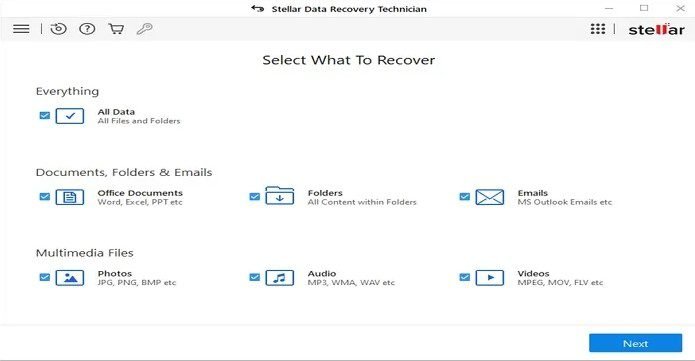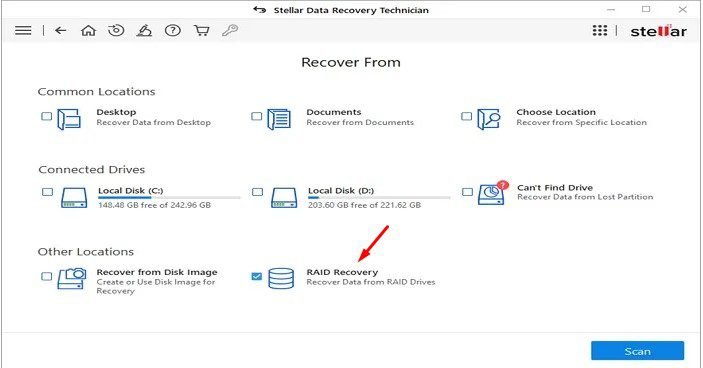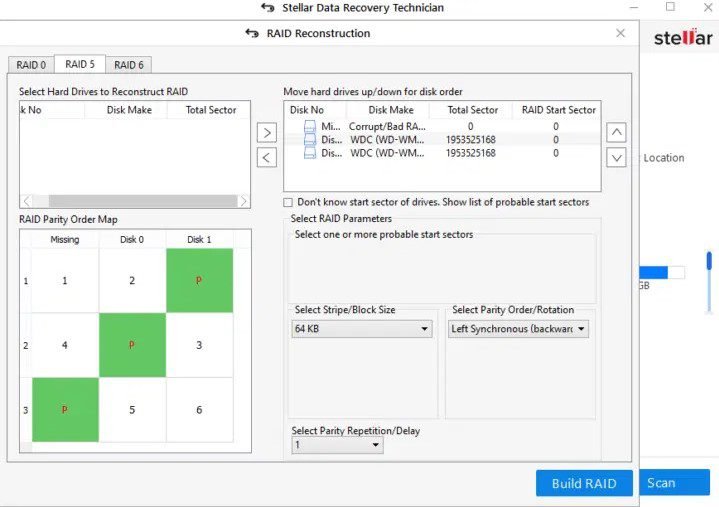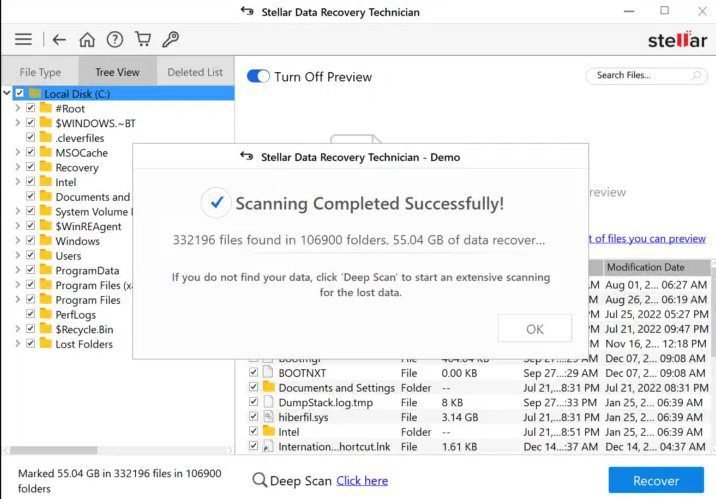RAID (short for Redundant Array of Independent Disks) configurations are widely used in the data storage world. They are a popular choice for businesses and individuals because they offer a combination of performance and data protection.
Still, even with the redundancy provided by RAID setups, data loss can happen due to hardware failure, human error, or software issues. RAID data recovery becomes extremely important in these situations.
Understanding RAID
RAID is a method of storing data in different locations on multiple hard disks or SSDs to safeguard against drive failure. RAID configurations come in various levels, with RAID 0, RAID 1, and RAID 5 being among the most common, but not all RAID levels focus on redundancy.
For example, RAID 0 provides improved performance by striping data across multiple disks but lacks redundancy. On the other hand, RAID 1 mirrors data across two disks for redundancy, but sacrifices storage capacity. RAID 5 combines striping and parity for a balance of performance and redundancy.
Reasons for RAID Data Loss
Before going into the RAID data recovery process, it is crucial to understand the common reasons for data loss in RAID configurations. Many common RAID failures can result in the loss of your data, despite their supposed data redundancy capabilities.
Hardware malfunctions like disk crashes, problems with the controller, or issues with the power supply can put data integrity at risk. Mistakes made by humans, such as accidentally deleting or formatting data, along with software problems like corruption of the RAID configuration, are other reasons why data can be lost.
Now that you have an understanding of how RAID functions and the potential for failure, let’s discuss the process of RAID recovery.
When data loss happens in a RAID configuration, the goal of RAID data recovery is to retrieve and restore the lost information. Professional data recovery services are often utilized to recover data from RAID arrays. This is where Stellar Data Recovery Technician comes into play as an essential solution.
Stellar Data Recovery Technician Tool
The Stellar Data Recovery Technician tool is an upgraded version of the regular tool made for users who have to recover data from multiple RAID arrays.
Features of Stellar Data Recovery Technician Software
Stellar Data Recovery Technician software,
- You can retrieve data from damaged RAID arrays whenever you need to.
- Generates bootable USB media for data recovery from crashed computers.
- Is compatible with Windows 7, 8, 10 & 11.
- Provides support for RAID arrays with NTFS & FAT, exFAT file systems.
- Can restore lost or damaged emails, photos, videos, audio files, and documents from RAID drives.
- Supports a wide variety of file types.
- Has an easy-to-use interface that can be used by IT professionals and those with little technical knowledge.
- Can retrieve data from both hardware and software RAID arrays like RAID 0, RAID 5, and RAID 6 without a controller.
- Has the option for users to view files that can be recovered before starting the recovery procedure.
Factors to Keep in Mind Before Starting the RAID Data Recovery Process
- Make sure not to attempt rebuilding RAID until all files are recovered. Rebuilding will erase everything on the RAID hard drives, causing a catastrophic loss of data.
- Ensure you have enough free disk space to store the recovered files. The data recovery process is read-only, so you’ll need to copy the found files to a different hard drive.
- When recovering data from a corrupted hardware RAID, remember the original configurations and disconnect the hard drives from the controller. Attach them separately to the computer for RAID recovery.
- The number of hard drives required for RAID recovery depends on the RAID level. For example, RAID 1 needs at least one valid hard drive, while data recovery from RAID 5 needs two valid hard drives.
Recovering Data using Stellar Data Recovery Technician
- From the “select what to recover list” options, choose the data type you want to recover, then click on the next button.

- Pick “RAID recovery” from the Other Locations section.

- Create the possible RAID configuration by selecting the appropriate hard drives in the RAID array using arrows.

- You have the option to recover either a whole folder or a single file from the available choices.

- Afterward, select the desired location to save your data. Once the path information is provided, your data will be saved to the specified location.

Conclusion
Stellar Data Recovery Technician is highly recommended for both home and business users due to its customizable searches, extensive file-type library, and deep scan capabilities. Making sure customers can easily use this RAID data recovery program after purchasing the software also offers extraordinary post-sales support. Users can also recover unlimited files and attempt data recovery multiple times without any restrictions.
With positive reviews from respected tech news outlets like CNET, TechRadar, and Forbes, attesting to its validity and safety, it is believed that Stellar Data Recovery Technician is a reliable tool.





